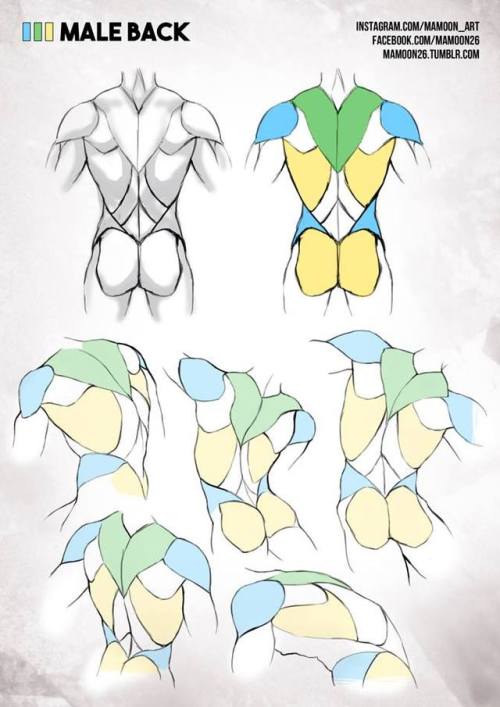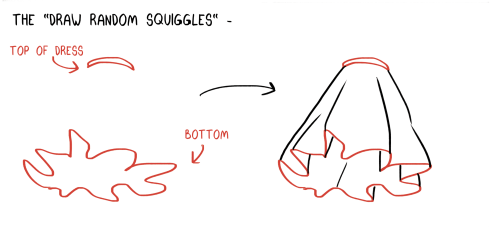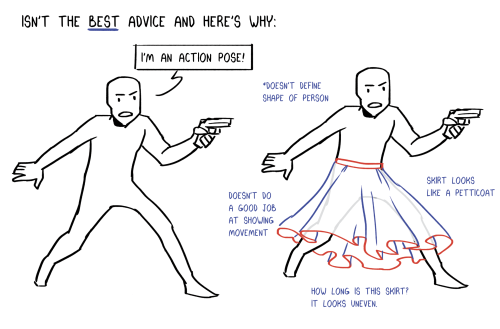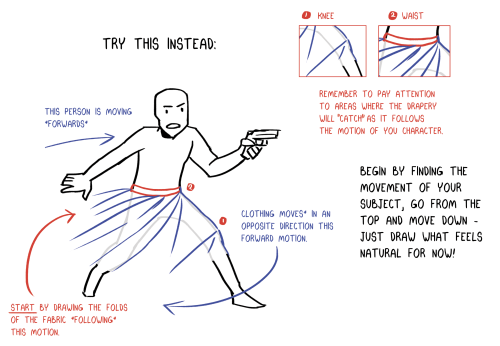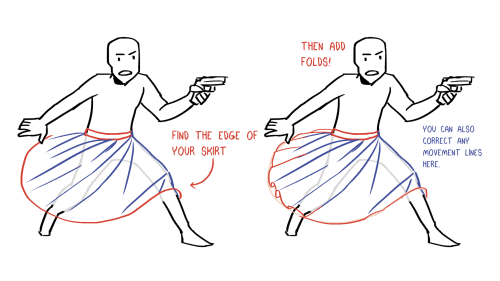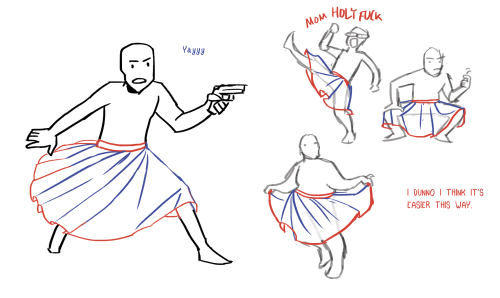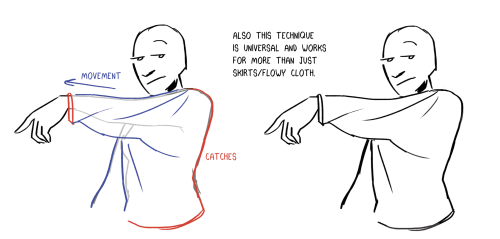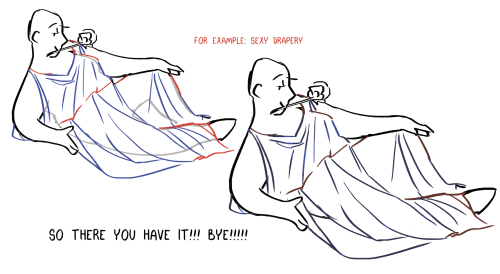Have A Great Big Ol’ Sheet Of Kissing References!

Have a great big ol’ sheet of kissing references!
Support me by reblogging and checking out my commission info here!
More Posts from Arttuti and Others
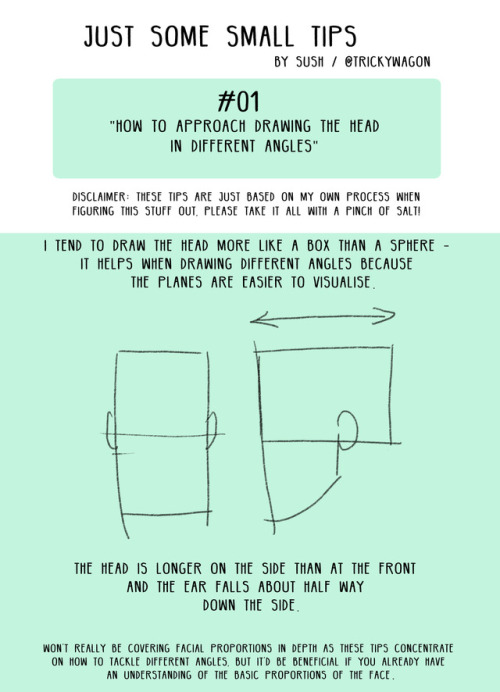
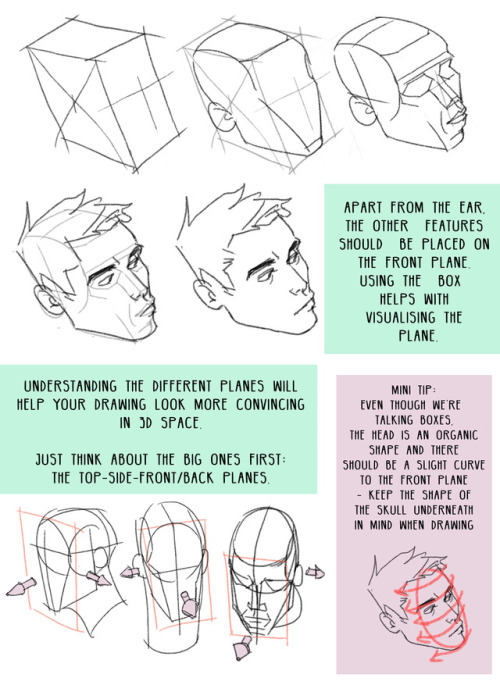
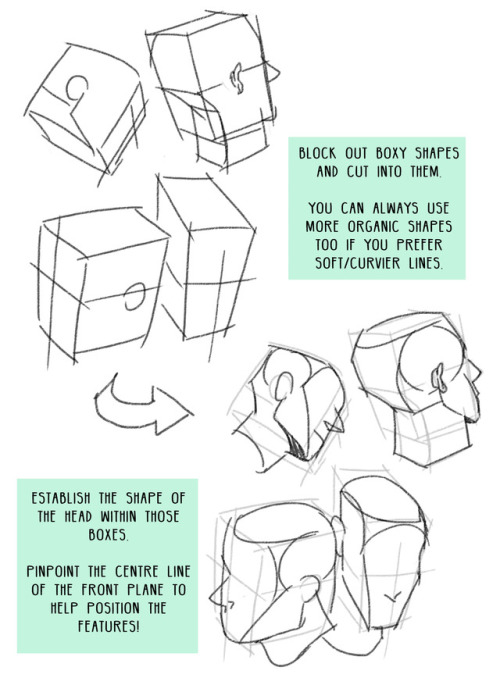
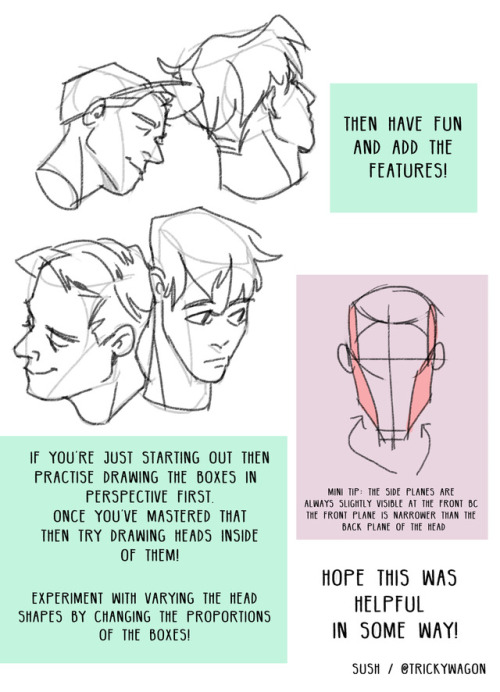
Starting a mini drawing tips series! Feel free to suggest some topics you’d like covered// Hope you find this useful!
Also on: twitter / instagram

A selection of reference imagery showing how a hooded sweater will crease and fold in various poses.
The full size image can be downloaded here:
http://jesterman.deviantart.com/art/Hooded-Top-Clothing-Reference-484552908 I recommend using this only for folds, not as an anatomy reference, due to the quality of the camera used, which has distorted some of the proportions from this distance. If you have any suggestions for items of clothing you want to see referenced, drop me a comment!


it’s important to think of ears as having 3D volume, and not just being flat bits sticking off the head. it can help to visualize ears as stretchy cups, with a rim and a base. from there you can more easily imagine how their shape distorts as they move in space.
also, don’t forget that the ridges or fur lining of an ear follows the inner curve of the ‘cup’, and can be a great way of further indicating that volume.

Hell yeah' more shitpost drawing studies'
I mostly to these scribbles/notes for myself, but sharing is caring and my brain simple won't acknowledge and comprehend how light works.
It's actually so simple doing shadows ( in theory ), still' i wanna rip and tear at my hair whenever i actaully have draw dynamic ones.
(If you haven't answered this before) how do you do shading?
i havent !! and. i cant say this is gonna be any help but heres some of the things i try to keep in mind when im shading stuff

so youve got your flats on your initial drawing, the thing thats getting the business

then youve got find out where the light is coming from ! your light source is gonna determine where all the highlights and shadows are cast, and while it doesnt have to be EXACT, its generally a good rule to keep it pretty consistent through the drawing - sometimes youll probably have to deal with multiple sources, and each ones gonna be casting its own light and shadow ( and color by extension )

the intensity and sharpness of your shadows generally also reflects the brightness or closeness of the light ! basically if you wanna make something look BRIGHT, you gotta make sure the shadows are dark enough to get the idea across

so the actual shading part - the way i shade is by getting a brush on a very low opacity, picking the color i want for shadows and then layering the strokes over and over until i get about the darkness i want ( because im LAZY and i dont actually work with complex backgrounds a bunch, i can usually get away with drawing the shadows directly on the locked flat colors layer so theres nothing to clean up after )

afterwards i clean it up a little if i need to, add highlights while keeping in mind where the light is coming from, and start on the Detail Work ( it also might be helpful to keep in mind that highlights dont always go on the EDGE of things, but rather where the curve of something is - where the light would catch. this can help add a little depth and make flat things look rounded out ! )

and THEN its basically me zooming into the drawing at least 200%, putting another layer over the top of everything, and going over the outlines with a tiny brush so the harsh black is mostly gone ! there shouldnt be anything along the edge thats darker than the darkest part of the shadow ( with exceptions like the eyes and nostrils )
and thats mostly it ! i picked red for the shadow color, but picking your shading ( and flats ! ) based on the colors in your background can go a LONG way into making it seem like your character is actually in the environment

reflective light is also an important thing to keep in mind when choosing shadows and highlights - light and color doesnt always just hit an object and stay there, and even in the shade there could be light bouncing back from stuff like water or grass creating smaller, subtle highlights along the edges of things close by
not everything reflects the same way either ! something like a piece of wood is going to react differently than say, a metal ball

so you get your light source, basic highlights and shadows, not bad ! but then theres ALSO the light reflecting from the rest of the environment along the edge of the ball, and then finally the color from both the dragon and the ball reflecting a bit on each other
honestly though these arent RULES of drawing and more just guidelines i work with sometimes, and maybe your style of shading and highlighting looks completely different than this and thats ok !! - im still figuring a bunch of stuff out about light and reflections myself, and the great thing about art is that you can do whatever the hell you want with it

-
 vampmaidenslair liked this · 4 weeks ago
vampmaidenslair liked this · 4 weeks ago -
 carlos-tk liked this · 1 month ago
carlos-tk liked this · 1 month ago -
 scrapbox-in-the-attic reblogged this · 2 months ago
scrapbox-in-the-attic reblogged this · 2 months ago -
 missastronomic liked this · 3 months ago
missastronomic liked this · 3 months ago -
 ixwrites reblogged this · 4 months ago
ixwrites reblogged this · 4 months ago -
 writerofblocks liked this · 4 months ago
writerofblocks liked this · 4 months ago -
 squidmilk reblogged this · 4 months ago
squidmilk reblogged this · 4 months ago -
 lionsenpai liked this · 4 months ago
lionsenpai liked this · 4 months ago -
 figblogging liked this · 4 months ago
figblogging liked this · 4 months ago -
 araneaserket reblogged this · 4 months ago
araneaserket reblogged this · 4 months ago -
 araneaserket liked this · 4 months ago
araneaserket liked this · 4 months ago -
 selyvn-the-fox liked this · 4 months ago
selyvn-the-fox liked this · 4 months ago -
 artmotivationer reblogged this · 5 months ago
artmotivationer reblogged this · 5 months ago -
 nezjazz reblogged this · 5 months ago
nezjazz reblogged this · 5 months ago -
 monanomas reblogged this · 5 months ago
monanomas reblogged this · 5 months ago -
 baconfabray liked this · 5 months ago
baconfabray liked this · 5 months ago -
 ivanthetubular reblogged this · 5 months ago
ivanthetubular reblogged this · 5 months ago -
 yourbloodiswarm reblogged this · 7 months ago
yourbloodiswarm reblogged this · 7 months ago -
 yurisolde liked this · 7 months ago
yurisolde liked this · 7 months ago -
 veevyn liked this · 8 months ago
veevyn liked this · 8 months ago -
 mirkot reblogged this · 8 months ago
mirkot reblogged this · 8 months ago -
 mirkot liked this · 8 months ago
mirkot liked this · 8 months ago -
 deciduousfuckhead liked this · 8 months ago
deciduousfuckhead liked this · 8 months ago -
 lordfreg liked this · 8 months ago
lordfreg liked this · 8 months ago -
 imadumdumjewel reblogged this · 8 months ago
imadumdumjewel reblogged this · 8 months ago -
 dicapiito liked this · 8 months ago
dicapiito liked this · 8 months ago -
 kuporef reblogged this · 8 months ago
kuporef reblogged this · 8 months ago -
 classifiedprojectciel liked this · 8 months ago
classifiedprojectciel liked this · 8 months ago -
 knightlysong liked this · 9 months ago
knightlysong liked this · 9 months ago -
 r33s3-art-pieces liked this · 9 months ago
r33s3-art-pieces liked this · 9 months ago -
 thedruidqueen89 liked this · 9 months ago
thedruidqueen89 liked this · 9 months ago -
 laing-caster reblogged this · 10 months ago
laing-caster reblogged this · 10 months ago -
 laing-caster liked this · 10 months ago
laing-caster liked this · 10 months ago -
 hollow-port reblogged this · 10 months ago
hollow-port reblogged this · 10 months ago -
 multidimensionalfang1rl liked this · 11 months ago
multidimensionalfang1rl liked this · 11 months ago -
 lakewaterduck liked this · 11 months ago
lakewaterduck liked this · 11 months ago -
 nomiyakazehaya reblogged this · 11 months ago
nomiyakazehaya reblogged this · 11 months ago -
 nomiyakazehaya liked this · 11 months ago
nomiyakazehaya liked this · 11 months ago -
 yujmn liked this · 11 months ago
yujmn liked this · 11 months ago -
 rosetower liked this · 11 months ago
rosetower liked this · 11 months ago -
 burntslip liked this · 1 year ago
burntslip liked this · 1 year ago -
 is-there-life-on-gallifrey liked this · 1 year ago
is-there-life-on-gallifrey liked this · 1 year ago -
 m3aburr0 reblogged this · 1 year ago
m3aburr0 reblogged this · 1 year ago -
 portalcartoon liked this · 1 year ago
portalcartoon liked this · 1 year ago -
 ye-old-references reblogged this · 1 year ago
ye-old-references reblogged this · 1 year ago -
 grimaussiewitch liked this · 1 year ago
grimaussiewitch liked this · 1 year ago -
 aska234 liked this · 1 year ago
aska234 liked this · 1 year ago -
 scrapbox-in-the-attic reblogged this · 1 year ago
scrapbox-in-the-attic reblogged this · 1 year ago



















